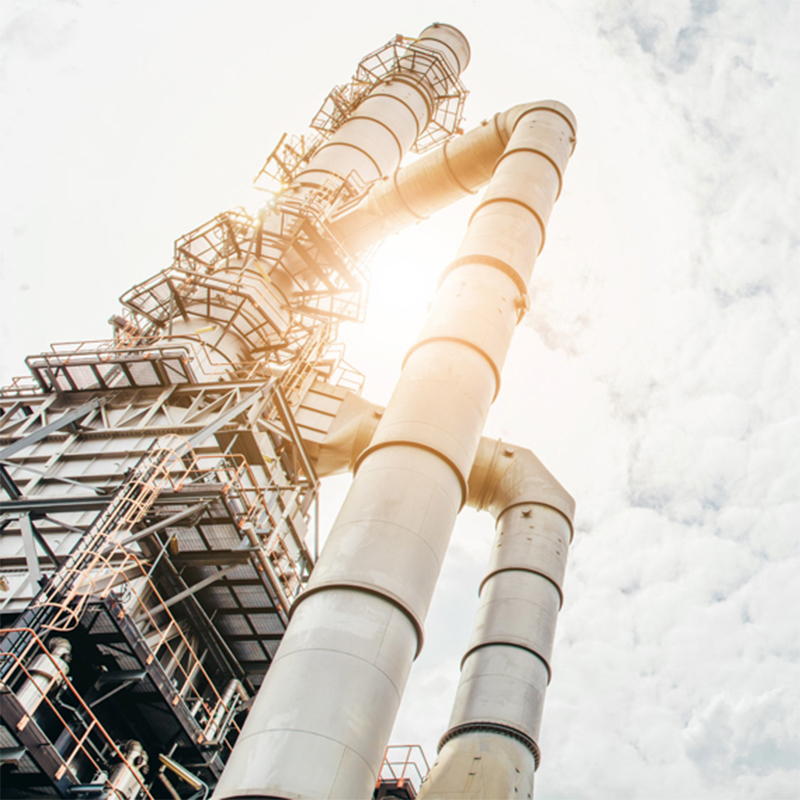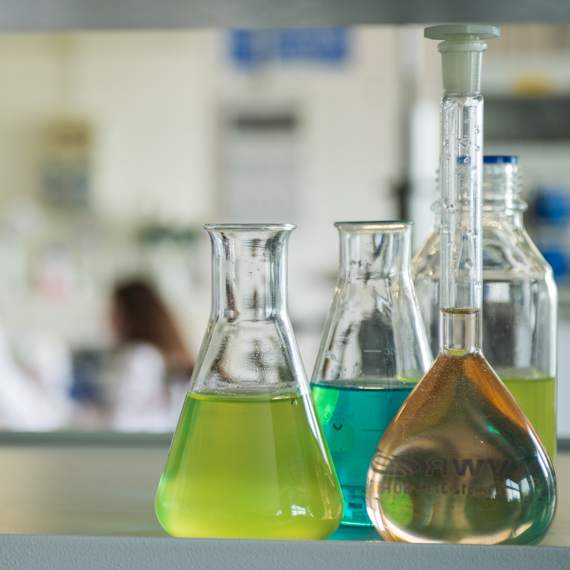
Revive the European chemical industry, to stop the price increases and the shortage of fertilizers
By Luigi Maggioni, Sipcam Oxon Raw Materials Purchasing Manager
Ever increasing prices in raw materials for fertilizer production
From the increase in the cost of energy to that of logistics to the concentration of production in China, the price of raw materials used in the production of crop protection products and fertilizers is swelling at an alarming rate, with the resulting increase in farm value and on the product to the end consumer. Italy, a country poor in raw materials, could suffer more than others from the lack of fertilizers needed to restart crop cycles from January. Some production of basic raw materials in the manufacturing of agropharmaceuticals, from phosphorus to ammonia and chlorine, are very energy-intensive, so the fact that several European ammonia and nitrogen by-product production plants have recently been stopped by the soaring cost of gas has had great media coverage. The energy cost associated with electrolysis for the production of chlorine and soda has grown a lot, with repercussions on the final prices of the two products, which are also used in many industrial sectors.
Global incidents add to fertilizer raw material prices
In 2021, with post-Covid recovery, logistics became a limiting factor. The strong demand for raw materials and the shortage of ships and containers, the closure of some Asian ports due to the health emergency and the oligopolies in international maritime transport in the hands of a few companies, have made costs soar. A 20-foot container, which cost US $ 1,500 on the China-Europe route before the pandemic, can now amount to five to seven times more. The Suez Canal accident last March, with the "Ever Given", a 224,000-ton colossus that blocked sea traffic along an essential global artery, amplified the problem, highlighting the vulnerability of the system. To limit delays and avoid arriving late on the market when agronomic timing is exceeded, companies try to anticipate orders and shipments, effectively causing other traffic jams.
Zero emissions goals add to fertilizer raw material prices
China produces 45% of the world’s chemical products production, including intermediate and active ingredients for pesticides, which it exports all over the world. The main international players, like us at Sipcam Oxon, have synthesis plants in local JVs** (Joint Ventures) or custom synthesis contracts with Chinese chemical industries. Often the active ingredients are exported to be then formulated locally, but direct formulation activity in the Asian giant is also growing. At the same time, the production of crop protection products in India is also increasing, which in turn depends on China for many intermediates. Beijing has indicated the goal of 2060 to become an economic power with zero emissions, along the lines of what the EU plans to do by 2050. The goal of CO2 neutrality is a noble intent, but it is halting the Chinese chemical industry. Each province has a limit / target of emissions under which to comply in 2021, but already in the middle of the year the milestone had been reached and the central government imposed drastically cutting and reducing energy supplies. This measure led to the shutdown of many plants and a reduction in production by 30/40% and up to 50% in some provinces. The cost of raw materials, it should be said for thoroughness, also weighs on the trade war of duties between the USA and China, which affects, in addition to pesticides, other areas, such as rare earths and minerals such as lithium, essential for the production of microchips and batteries.
Alternative sourcing and self-sufficiency for raw materials for fertilizer production
What can we do? It would be desirable to change the supply at the source. After the heavy move to China, investments in the sector have changed for several years and new opportunities are being sought in other countries, starting with India, re-evaluating European chemistry, certainly less competitive in terms of labor costs, but more reliable in terms of continuity. This would also go along with the sustainable growth objective set by Brussels (Next Generation EU). However, an action for defense of the continuity and energy costs is expected from the EU. The current crisis highlights the need to re-establish the concept of self-sufficiency by limiting dependence on the international market and favoring a new development of chemistry in the Old Continent.


